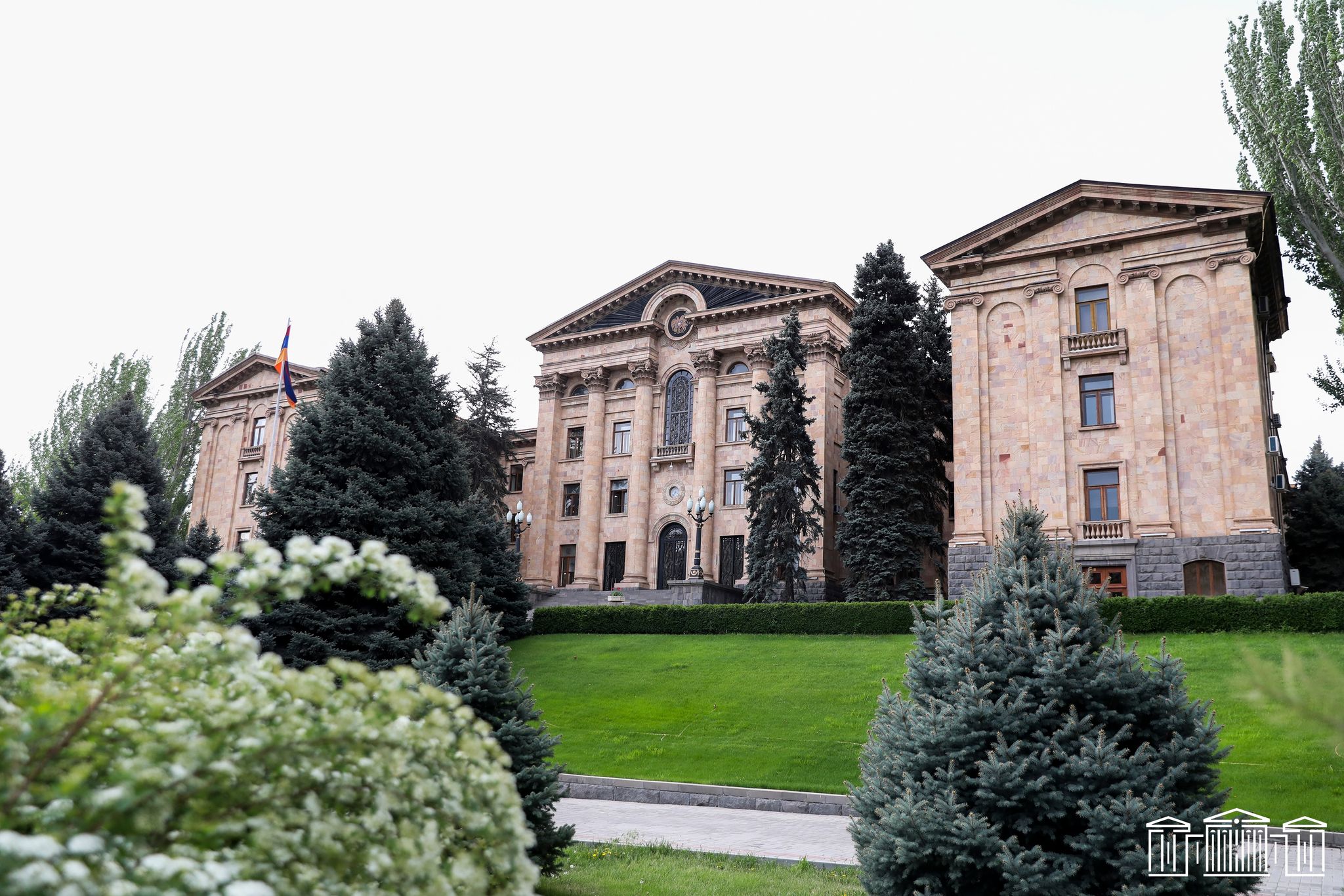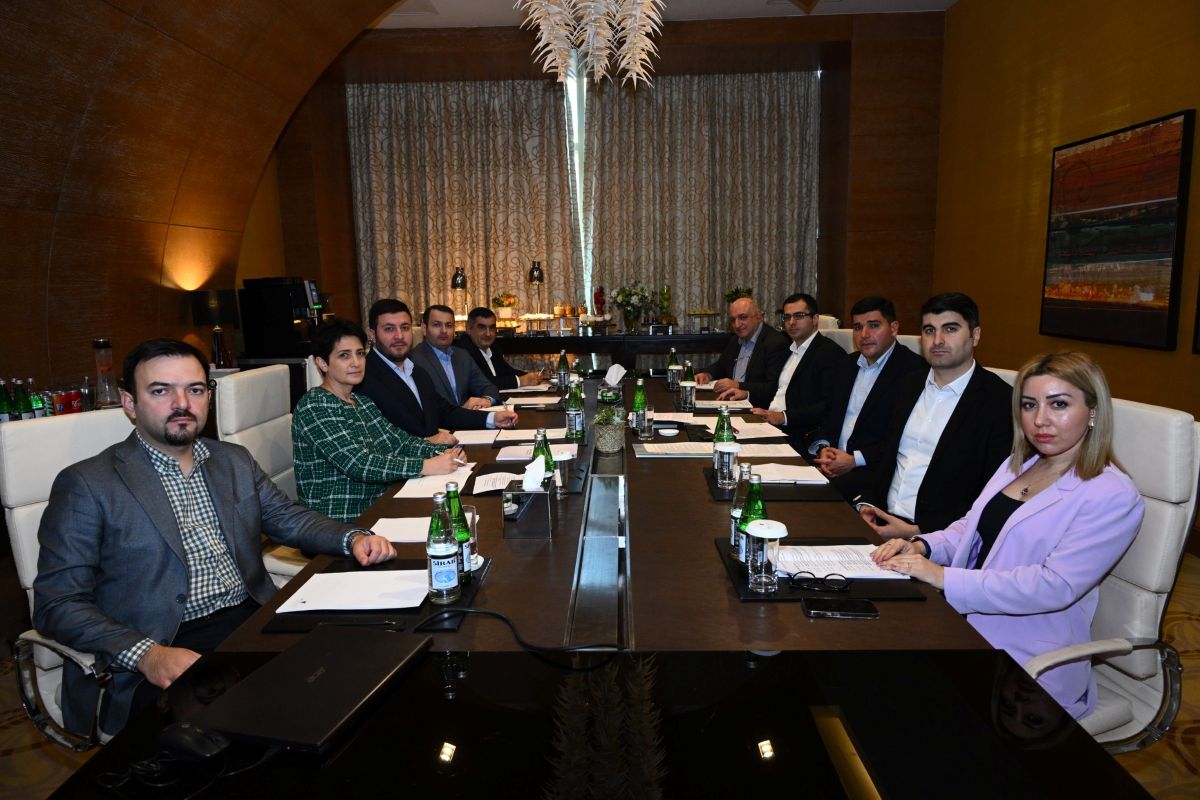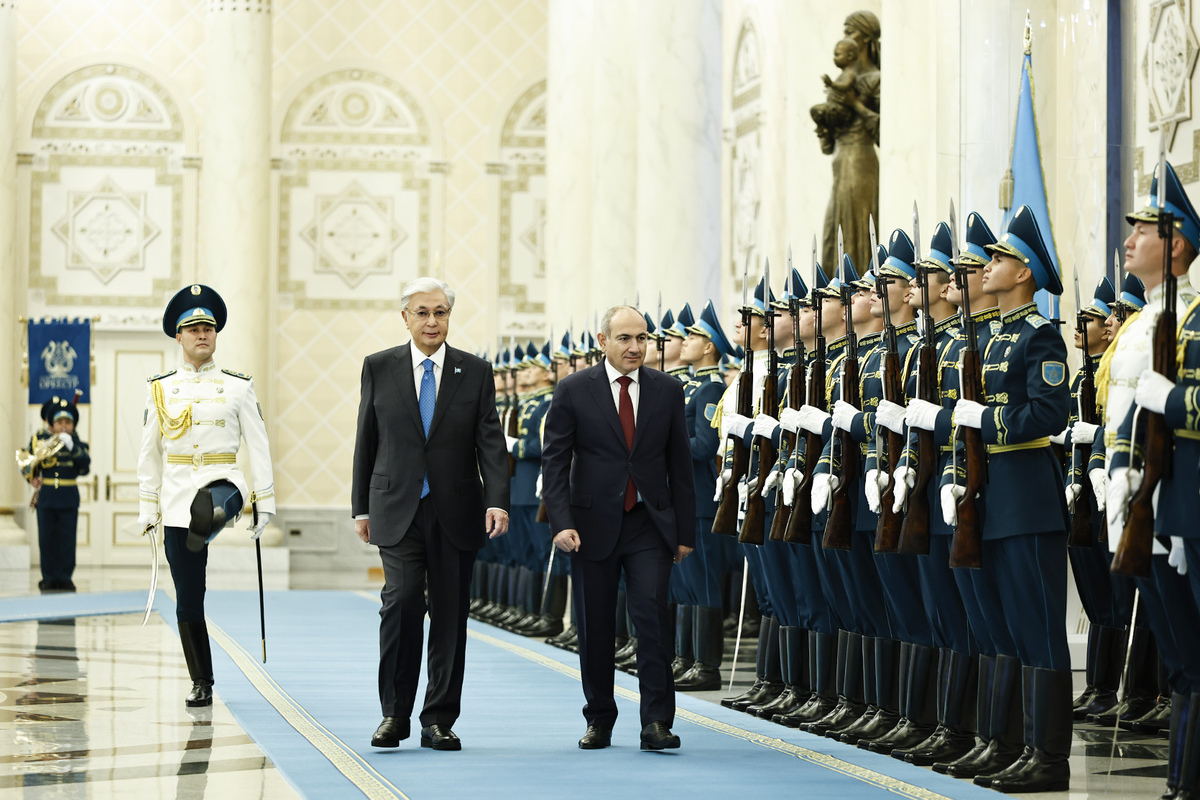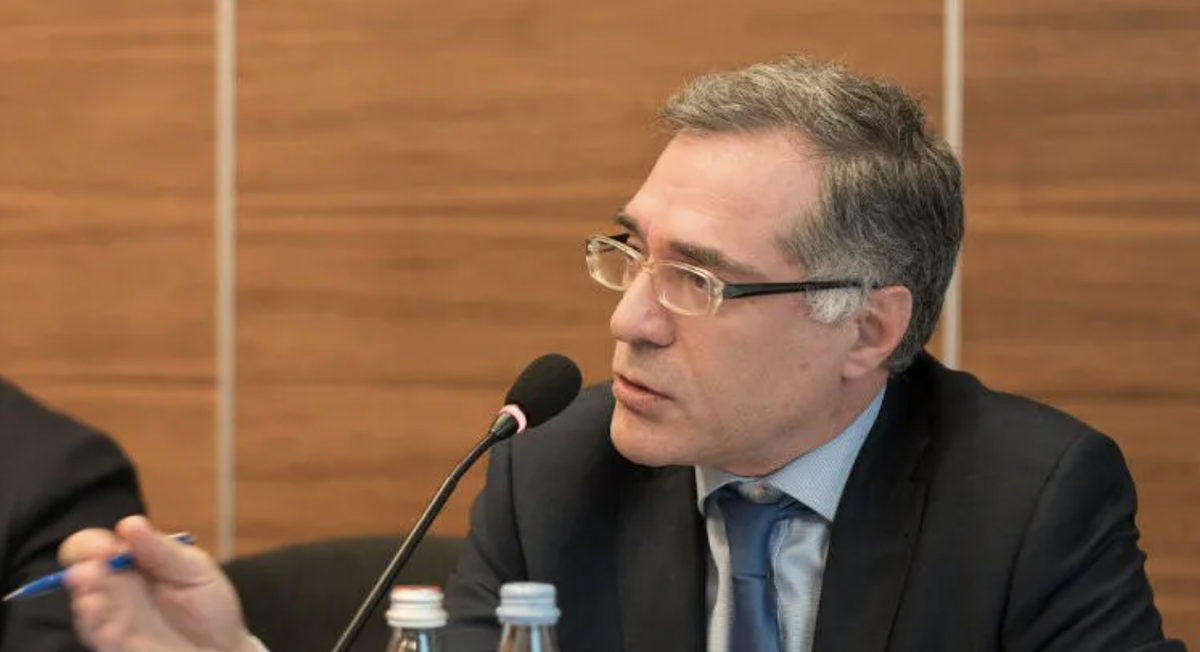Under lock: Armenian labour migrants cannot leave for Russia
Tens of thousands of people leave Armenia every year to work in Russia.
2020 has been an exception. Due to the spread of coronavirus and closed borders, approximately 60,000 Armenian workers remained at home.
The authorities plan to employ them in the country, in local companies, but there are still fewer jobs.
How will this situation affect the country’s economy and on the workers themselves?
- Armenia: three women saving their businesses from coronavirus
- Armenia: financial assistance for those losing income due to coronavirus
- Armenian government to help businesses starting from zero – yet another measure to overcome the consequences of coronavirus
Entire villages waiting for the borders to open
Gegharkunik is one of the largest regions of Armenia, although Lake Sevan occupies a significant part of its territory. It is from this region of the country that most people go to Russia for seasonal work.
In the years after the collapse of the Soviet Union, industry in these places was not restored. The lake cannot feed everyone, and agricultural land is not cultivated, because the problem of irrigation has not been solved. The regrettable result of all this was the Yerevan-Moscow-Yerevan migrant labour route, which feeds the inhabitants of villages and cities.
Right at the entrance to the village of Lichk there is a stone arch made of tuff. It, like everything new in this village, was built with money from Russia. In the summer, the village was usually empty: up to 80 percent of the male population went to Russia. In the village there were only women, children, the elderly and those who were no longer allowed to go to the North because of health reasons.
But this year a completely different picture has developed here. Dozens of men gather at the post office every day. The main topic of discussion is when the borders with Russia will open. A question that torments everyone, but to which nobody knows the answer.
“Here everyone lives on money from Russia”
Garnik Seropyan is one of the men who no longer leave to work in Russia.
His health doesn’t allow it. He speaks willingly “about the disaster” of the closed border.
“There is no work in the village. Nobody’s working the fields. There’s no water. What is left for people to do? Go to Russia. Everyone who can, does. Not this year, of course, now the borders are closed. If it weren’t for the virus, no one would have been in the village.”
Under these conditions, livestock breeding remains the main occupation for residents. Here everyone has their own small farm – a couple of cows, pigs, hens. However, people say that this cannot feed a family.
To survive the difficult year, many were forced to take loans from banks. How they will pay them back, nobody knows. One hope is that the borders will be opened. Despite the fact that it is already June, and half of the working season is over, if the borders are opened, many will immediately leave for Russia.
“Everyone will go. What are they to do here? No one will stay. But will they open the border is the question”, Garnik says.
Russian passport holders can get to Russia by plane, everyone else is stuck
Lichk is considered quite rich by Armenian standards. New buildings, a newly built soccer field, a monument to the unknown soldier. And cars with Russian license plates. There are a lot of them.

In recent years, many migrants settled in Russia, received citizenship, but did not lose ties with their native homes. Before the pandemic, some arrived back home in the village by car. Then they could not return.
Those with Russian citizenship can fly back by plane, but the land border through Georgia is closed. And in Russia, many have not only work, but also families.
Samvel Gevorgyan doesn’t want to return to Russia without a car:
“Since 2003 I have been living on seasonal earnings. But now there is no way to leave. I can fly on a plane. But I arrived in Armenia by car. I can’t leave it here. Is there no way to resolve this issue, can’t we make it so that we can go by car?”
Here people hope to get at least some information from people “from the city”. But the leadership of the country does not have information either. Now even the Prime Minister of Armenia Nikol Pashinyan does not know when it will be possible to get out of this “stalemate” situation.

Gurgen Srkoyan, who traveled to Russia every year, also expects good news from Yerevan:
“People have to leave. In Armenia we will not be able to live. Without seasonal earnings, without Russia, people will not make it.”
How will this affect the Armenian economy?
A similar situation has developed in hundreds of Armenian villages.
It is difficult to say exactly how many people go to Russia to earn money every year. Economist Hrant Mikaelyan believes that on average their number reaches 60,000:
“The figure peaked in 2012-2013, after which it began to decline. Over the past two to three years, it has reached approximately 40,000. These are seasonal labor migrants who left in the spring and returned in the fall. To them are added those workers who traveled for a longer period.”
Remittances from labor migrants still play a significant role in the Armenian economy. In 2018, 1.786 billion USD was transferred to Armenia, and in the first half of 2019, this figure amounted to about 800 million dollars. Remittances provide funds to some part of the population – mostly rural residents, which allows the country to avoid certain social problems.
“Remittances play an important role. This money softens the difficult social situation of some families. They make it possible for these families to invest in the education of children and solve housing problems. That is, remittances have a balancing role,” says the economist.
The current situation will lead to deepening poverty and social tensions.
About 200,000 people will be left without funds from Russia. And you also need to take into account the backflow to Armenia of people who used to live in Russia.
Hrant Mikaelyan predicts that due to the coronavirus, about 20,000 people will lose their jobs inside the country:
“We have several problems in the labor market. The first is the loss of jobs in Armenia. The second is the loss of jobs in Russia and the influx of people into Armenia. The third is Armenian migrants who did not go to Russia and, accordingly, did not send money. All this together will create problems for Armenia.”
How to employ migrants?
To avoid social tensions, the government is trying to find work on the spot for those who have not gone to work. However, in the current environment, when economic indicators are falling due to the coronavirus and jobs are closing, this is not easy.
The main hope is capital programs, the implementation of large construction projects: roads, schools and hospitals.

The heads of regions began to collect data on workers who remained at home to pass on to construction companies. In each region, and there are 11 of them in Armenia, the number of applicants varies from 500 to 1000. But even it will be difficult to find them. The Ministry of Territorial Administration and Infrastructure reports that a total of 256 programs will be implemented that will provide 2,000 jobs.
“Construction companies themselves will choose builders from a common base. It is difficult to say how many people will find a job. But the number of construction works in Armenia over the past two years has increased significantly. And our compatriots even without this platform will be able to find work,” said Armine Muradyan, spokeswoman for the ministry.
But many still look back at Russia.
Some cannot find work on the spot, others do not want to give up the usual route.
Even the low ruble exchange rate and the difficult economic situation in Russia are not stopping people.
But Armenia, where the daily growth in the number of new infected people is still several hundred, may not open the borders by the end of the year.

With the support of the Russian Language News Exchange




















